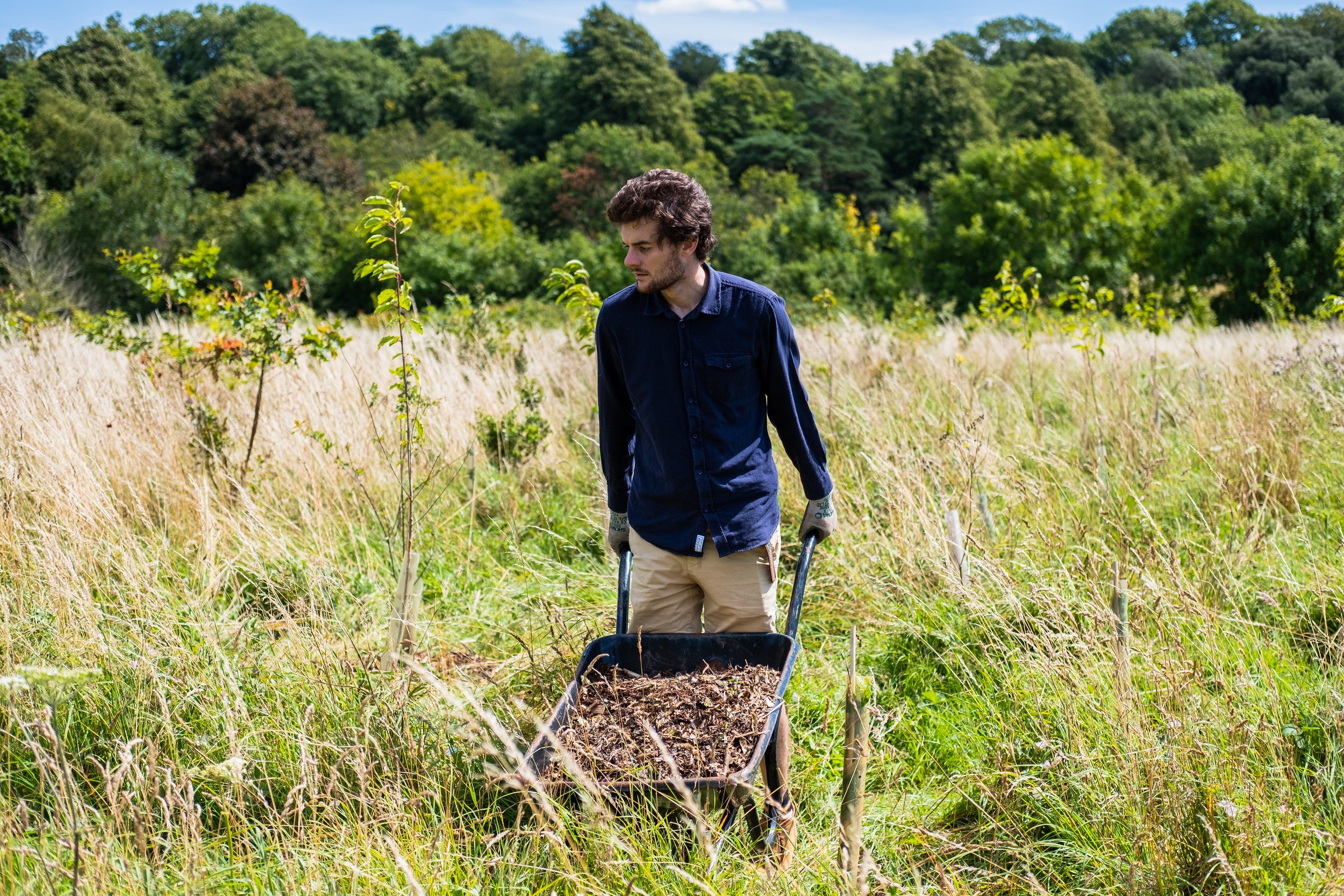In the UK, agricultural land covers 9.1 million hectares, amounting to 71% of our total landmass. Over the past few decades, our farming systems have become one of the principal causes of soil erosion, water pollution, and loss of biodiversity. At the same time, we find ourselves in an unprecedent position to implement comprehensive policy change with full knowledge of the ecological effects of farming. The big question being asked is – what kind of farming will be encouraged after we have left the EU’s Common Agricultural Policy?
It would be incredibly unfair to blame our farmers for the environmental degradation caused by agriculture. Since 1962, they have been tied to a policy that has been hell bent on increasing productivity. Introduced after World War II with the goal of increasing European food security and protecting farmer’s incomes, the focus has always been on producing large amounts of food. This infamously resulted in the ‘mountains of butter’, and ‘lakes of wine’ seen across Europe in the 70s as the EU had promised to purchase any produce at a fixed price. Although there have been a number of reforms, 80% of payments to farmers are still made under the Basic Payment Scheme which rewards farmers per hectare of land which is used solely for agriculture. The other 20% of payments are for environmental schemes which have had poor uptake due to their complexity and their incompatibility with the Basic Payment Scheme.
Here is an example. Imagine yourself as a farmer. Like most EU farmers, around 40% of your income is from subsidies. You have a wheat farm that has been monoculture for as long as you can remember but you want to plant some trees on your farm to bring back biodiversity and reduce soil erosion. However, having wide hedges or more than a certain number of trees per hectare can make you ineligible for payments. Like any other worker, you really don’t want to do anything that might remove a chunk of your income. The result? Only 6% of the UK’s agricultural land incorporates the purposeful cultivation of trees. This is astoundingly low considering the amount of research showing the positive impact of cultivating trees on farmland. Agroforestry, as it is called, has the capacity to improve carbon sequestration, enrich soil, improve biodiversity, regulate water and air quality, and, crucially, has the ability to improve farm income by providing tree products.
Although uptake of agroforestry schemes is currently very low, the good news is that the UK government has proposed a shift away from the Basic Payment Scheme towards a model which has been described as ‘public goods for public services’. In other words, farmers will receive payments for improving their surrounding environment. Michael Gove, as Secretary of State for the Environment, Food and Rural Affairs, published the Health and Harmony document in 2018 which set out these plans. Despite this being promising, we are still yet to hear about specific land management practices that will be encouraged. This is perhaps because the government are trying to work out which management styles will receive the most support from famers who criticise many environmental practices as being elitist and not financially viable. Agroforestry, on the other hand, is a solution that takes into account both the farmers livelihoods and the land on which they work.
Whatever agricultural policy direction we take, it is likely that environmental protection will be high on the agenda. Although Brexit has stunted our ability to tackle environmental issues on European wide level, perhaps, if we get it right, we can provide an exemplary framework for future policy reforms in the EU.














